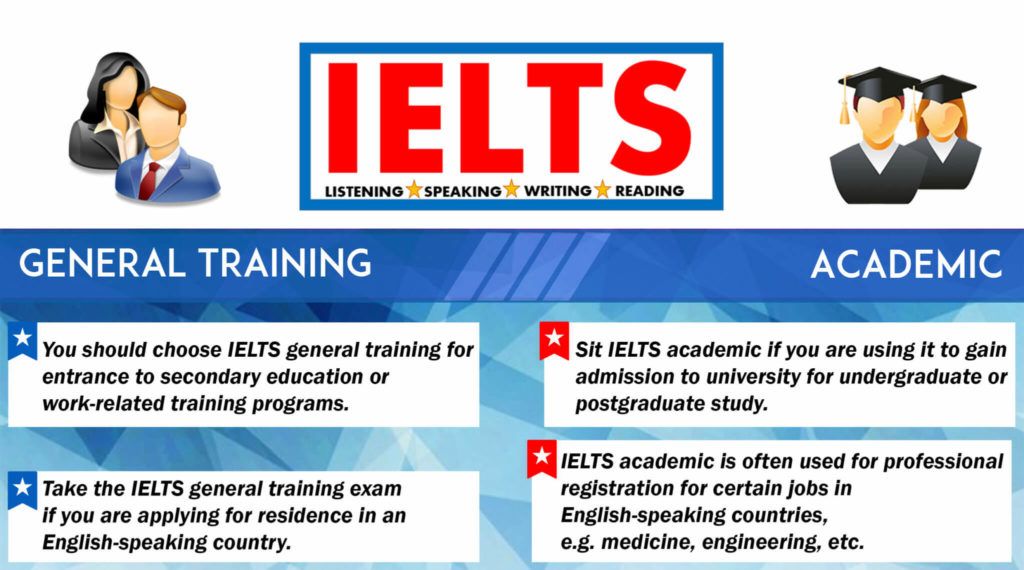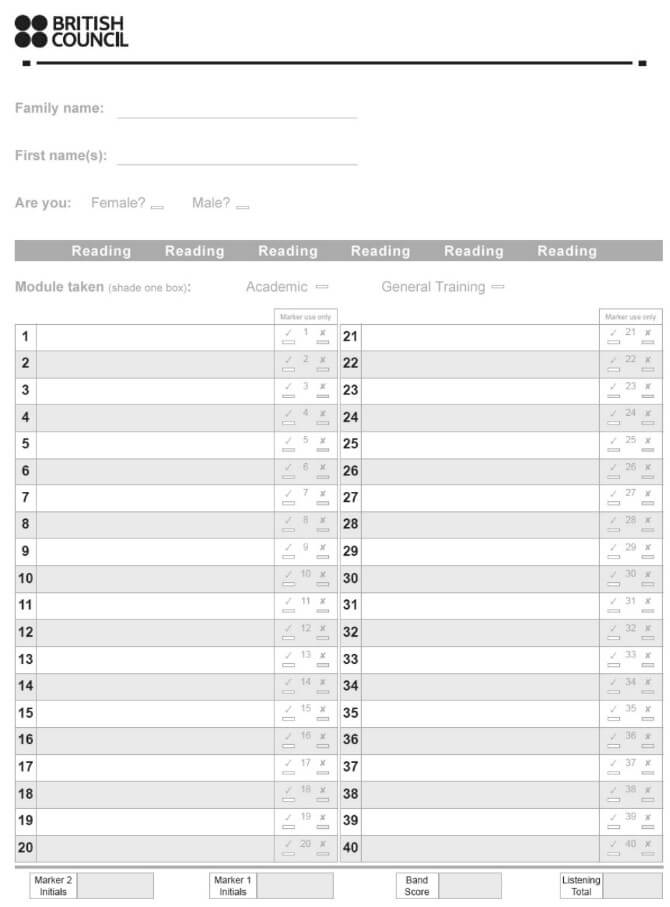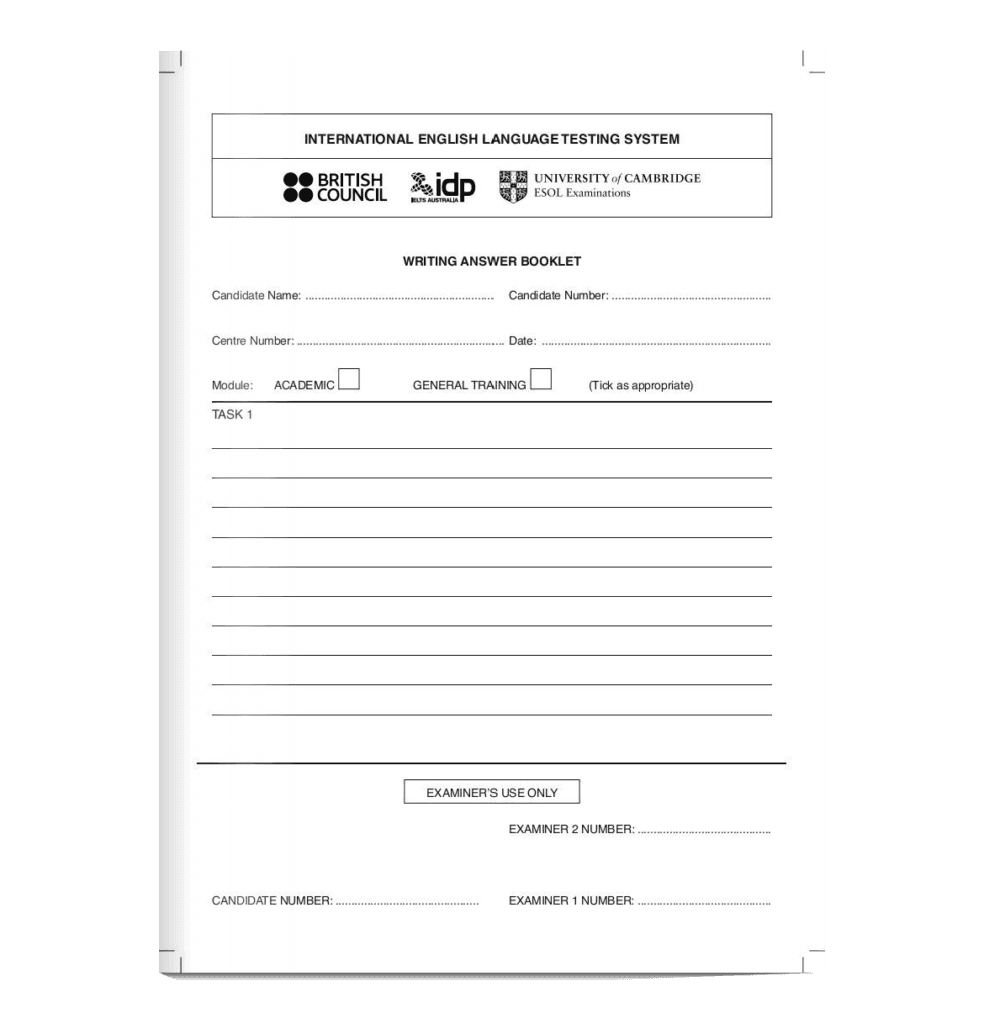
Firstly, IELTS is an English proficiency test written and managed by Cambridge University ESOL Examinations, British Council IELTS, and IDP IELTS, Australia. IELTS stands for the International English Language Testing System and is designed to assess the candidate in listening, reading, writing, and speaking.
In fact, the IELTS exam is the most widely accepted English language assessment, which is recognized and accepted by institutions all around the world. Notably, it is the most universal English language proficiency qualification and is used for immigration, employment, and university admissions. The IELTS test is accepted as part of the immigration process for Australia, Canada, New Zealand, the UK, and the USA. However, this list is not exhaustive, and you should check with the relevant institution or agency to see if they accept IELTS.
Presently, there are thousands of test centers around the world. Many are managed by the British Council or IDP, but students may also take the test at a few affiliated universities and testing centers. This information on nearby testing centers can be found on the official IELTS website along with rules and regulations regarding the test.
Taking IELTS in Dubai involves finding an English language institute or English learning center where you can prepare for the test with qualified native speaker teachers. Unfortunately, the IELTS test is not intuitive and most students will only achieve the results they deserve after a preparation course of some kind. After the preparation course, students should be ready to find a test center.
Of course, the ideal test center should be convenient for the student. Hence, students should avoid traveling long distances or spending time outside in the heat on the test day. Additionally, you should consider whether you prefer speakers or headphones for the listening test. A phone call to IDP, Dubai or the British Council IELTS, Dubai department will allow you to confirm what individual test centers are equipped with.

*This is a general guide, and you should check with the relevant agency or institution because there are exceptions. Additionally, some universities accept IELTS general training for admission to certain undergraduate courses, so checking first is best.
Normally, the candidate will have to choose either IELTS Academic or IELTS General Training depending on what they want to use it for. As such, those applying for university entrance or immigration to specific fields, such as medicine, may be asked to sit the academic module. Similarly, most students applying for permanent residence in a foreign country will be advised to take IELTS General Training module.

In summary, the differences between the two modules are often overstated; nevertheless, most teachers and students agree that the general training module is slightly easier in the reading and writing sections. However, the difference in band score is often only half a band or less for the average student sitting both variants.

| Section | Content | Marks | Difficulty |
| 1 | The first part involves listening to our conversation between two people in a familiar setting, e.g. a telephone conversation between a receptionist and the customer.
| 10 | Easy – General conversation |
| 2 | Second, you have a monologue about an everyday situation. This could be an announcement about changes made to local community services.
| 10 | Medium – General monologue |
| 3 | Here, you listen to a dialogue between 2 to 4 people. Students often find this section more challenging than the previous sections as it includes academic language and faster speech.
| 10 | Hard – Academic conversation |
| 4 | In the final section, you hear a monologue on an academic topic such as a university lecture.
| 10 | Hard – Academic monologue |
| Transfer | Once the recording finishes, you have 10 minutes to transfer your answers to the answer sheet. During this time, you should check your spelling and use the grammar in the questions to check for mistakes in word formation or plural/singular nouns.
| Total: 40 | *Refer to the converter below for band score calculations. |
Lastly, there are several sites where you can practice these IELTS listening test question types for free, and some of these sites include full tests that are marked automatically by the computer.

Both versions of the reading test include the same question types, which can appear anywhere in the IELTS reading exam:
| Section | Content | Marks | Difficulty/Language
|
| 1 |
Social survival: This section involves 2 to 3 short texts and the first part often includes classified adverts. It tests a candidate’s ability to understand basic notices, announcements, and adverts.
| 14 | Easy/Everyday |
| 2 |
Workplace survival: The second part of the general training reading test includes 2 texts related to working in an English-speaking country. These could include job advertisements, workplace training, or notices to employees.
| 13 | Medium/Business related |
| 3 |
General reading: The final part of the general training reading exam includes one long text of a much more academic nature.
| 13 | Hard/Academic |
| Transfer | You need to transfer your answers to the answer sheet, but, unlike the listening, there is no extra time for this. | Total = 40 | *There is considerable time pressure in the reading test so successful students follow a clear time-saving strategy for each question type. |
|
Section |
Content |
Marks |
Difficulty/Language
|
|
1 | All three sections contain 1 long passage of an academic nature. The different question types may appear anywhere in the IELTS test.
| 13 | Hard/Academic |
| 2 | 13 | ||
| 3 | 14 | ||
|
Transfer | You need to transfer your answers to the answer sheet, but, unlike the listening, there is no extra time for this. | Total = 40 | *There is considerable time pressure in the reading test so successful students follow a clear time-saving strategy for each question type. |


IELTS General Training students should write a formal, semiformal, or informal letter of more than 150 words for task one. Importantly, the letter should cover all the main bullet points presented in the task and be of an appropriate style and register. Thus, some teachers recommend writing one paragraph for each of the bulleted tasks.
First of all, test takers need to describe a table, bar chart, pie chart, flow diagram, line graph, or map. In doing this, the student should provide an introduction, overview, and detailed comparison or commentary about the given data or diagram. Teachers tend to recommend a two or three paragraph model as this is most suitable for a short essay.
In Writing Task 2, candidates must write a formal or semiformal essay of at least 250 words. Importantly, students must be careful to cover all parts of the task and discuss relevant ideas and opinions. Most teachers and coursebooks advise a 4-paragraph structure because this is the most practical approach. Some of the most frequent essay writing task types are listed below:
Please refer to the scoring section below to learn more about the marking scheme used in the IELTS Writing Test.


Firstly, part 1 of the IELTS speaking test lasts 4-5 minutes, and will include more familiar questions on a range of topics. For example, home, school, family, likes and dislikes, hobbies, etc. This section is designed to test you on your ability to communicate in everyday situations.
Secondly, there is a monologue, and you will be given a topic card to speak about for 1 to 2 minutes. Before speaking, the examiner will give you a pencil paper to take notes during the 1 minute preparation time. Part two tests the candidate’s ability to organize and present ideas in a short speech.
Lastly, you will need to speak in-depth about more abstract issues and ideas related to the topic you spoke about in Part 2. This section lasts for 4 to 5 minutes and tests your ability to present, explain, and support ideas.
Please refer to the scoring section below if you want further information on the marking criteria for the IELTS speaking test.
